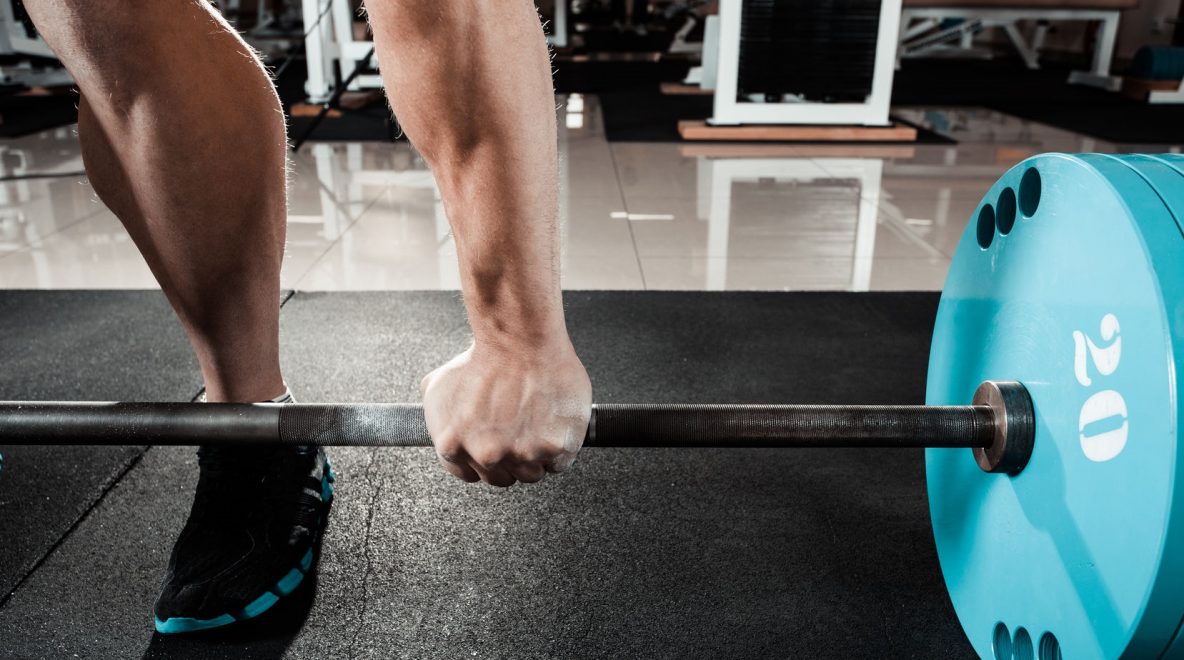What is Olympic Lifting?
Olympic lifting consists of the snatch and variations of the clean and jerk. Some believe that these movements are essential to a well-rounded fitness routine, while others are hesitant to incorporate these workouts due to their inherent technical nature. However, with professional assistance and regular practice, these movements can elevate your body’s overall strength, functionality, and cardiovascular performance.
Benefits of Olympic Lifting: The Everything-in-One Workout
A handful of the benefits of Olympic lifting are full-body muscle synchronization, increased vertical jump, strength, power, and cardiovascular development. Taken individually, many fitness regiments such as bodybuilding, cardiovascular training, and powerlifting all lack a certain aspect of fitness that one may desire in an overall fitness regime. Olympic lifting, on the other hand, encompasses the strength, balance, and mobility training of powerlifting and bodying building while also including full-body muscle synchronization and the endurance of cardiovascular training.
Getting Started
While you may not know it, if you are a bodybuilder, powerlifter or simply one who picks up the odd dumbbell or barbell, then you may already be doing some of the movements underlying all Olympic lifting. The Romanian Deadlift (or straight legged deadlift), the shoulder press, and the front squat are all movements that are involved in Olympic lifts.
Hang Clean How-To:
To Prepare for the Hang Clean:
- Stand and hold the barbell with an overhand grip so that your palms are facing you.
- Keep your feet hip-width apart (or slightly wider) and directed forward.
- Allow the barbell to touch the middle of your thigh by bending your knees.
- Remember: Your back should be arched, your shoulders should be positioned over the bar, your arms should be straight, and your wrists should be somewhat flexed.
To Complete the Hang Clean:
- Once you are in position, lift your shoulders to start an upward movement.
- Using your arms and keeping your elbows flexed laterally, quickly lift the barbell up toward your shoulders. Make sure that the weight is close to your body.
- Forcefully shift your body forward so that you can position yourself under the bar and catch it on your shoulders. Your elbows should rotate forward in front the bar knees during this transition.
- With the barbell on your shoulders, bend your knees to lower than 90% and return swiftly to a standing position.
- To repeat the exercise, return to the starting position.
Remember to consult a trained professional before beginning any new fitness workout. If you are attempting this on your own, begin by developing the movement before adding any weight to the barbell. It may be best to start without a barbell, substituting a long plastic or wooden stick in its place.

